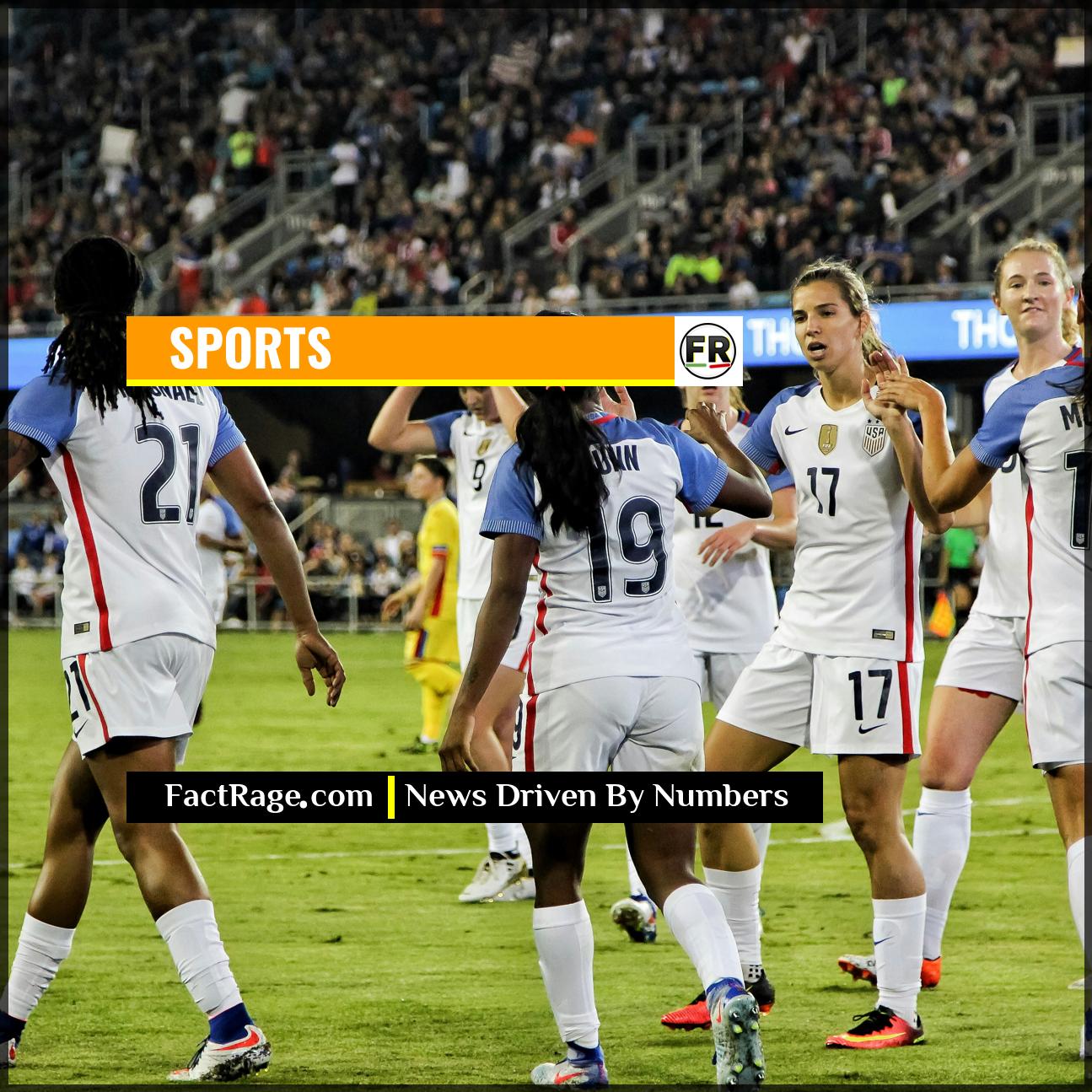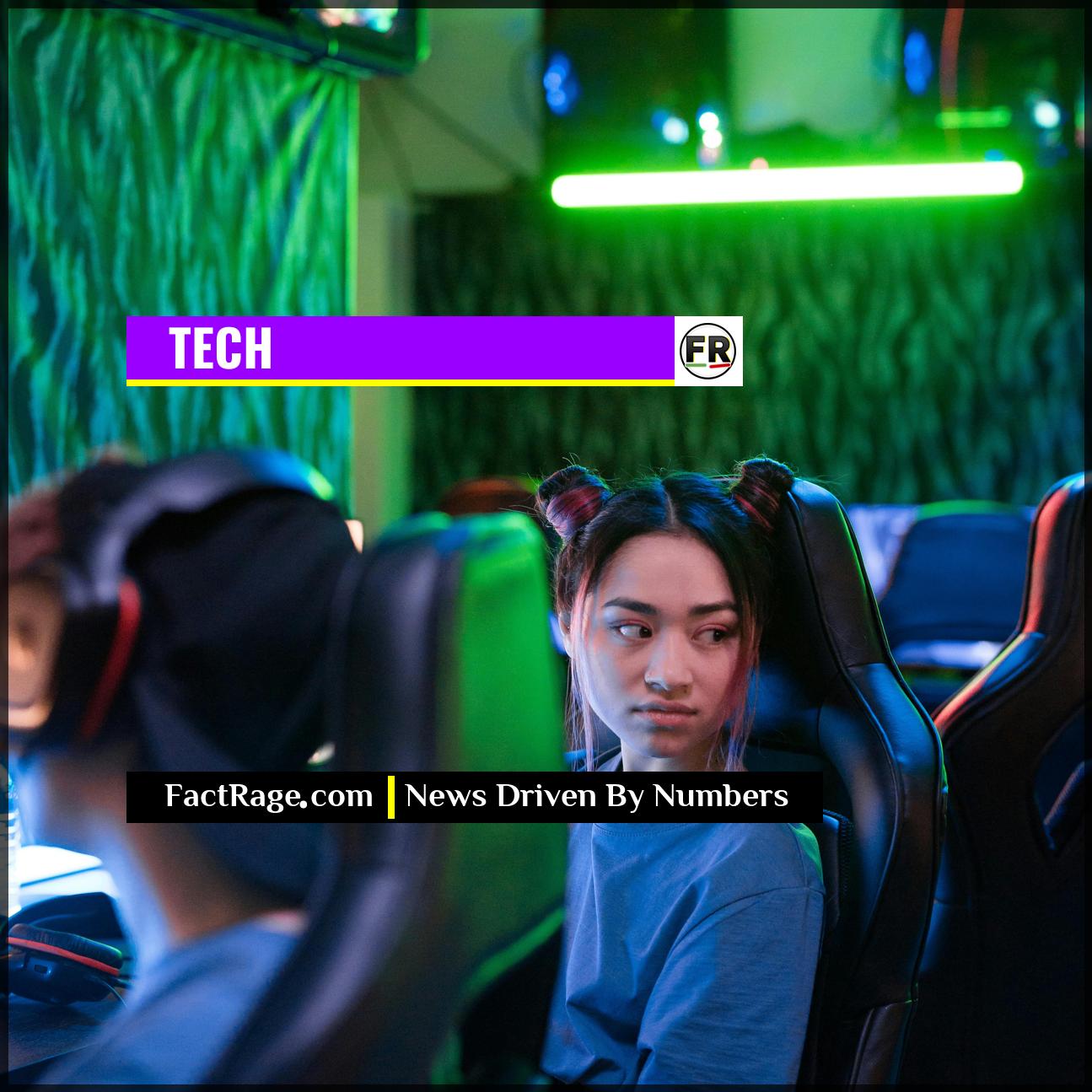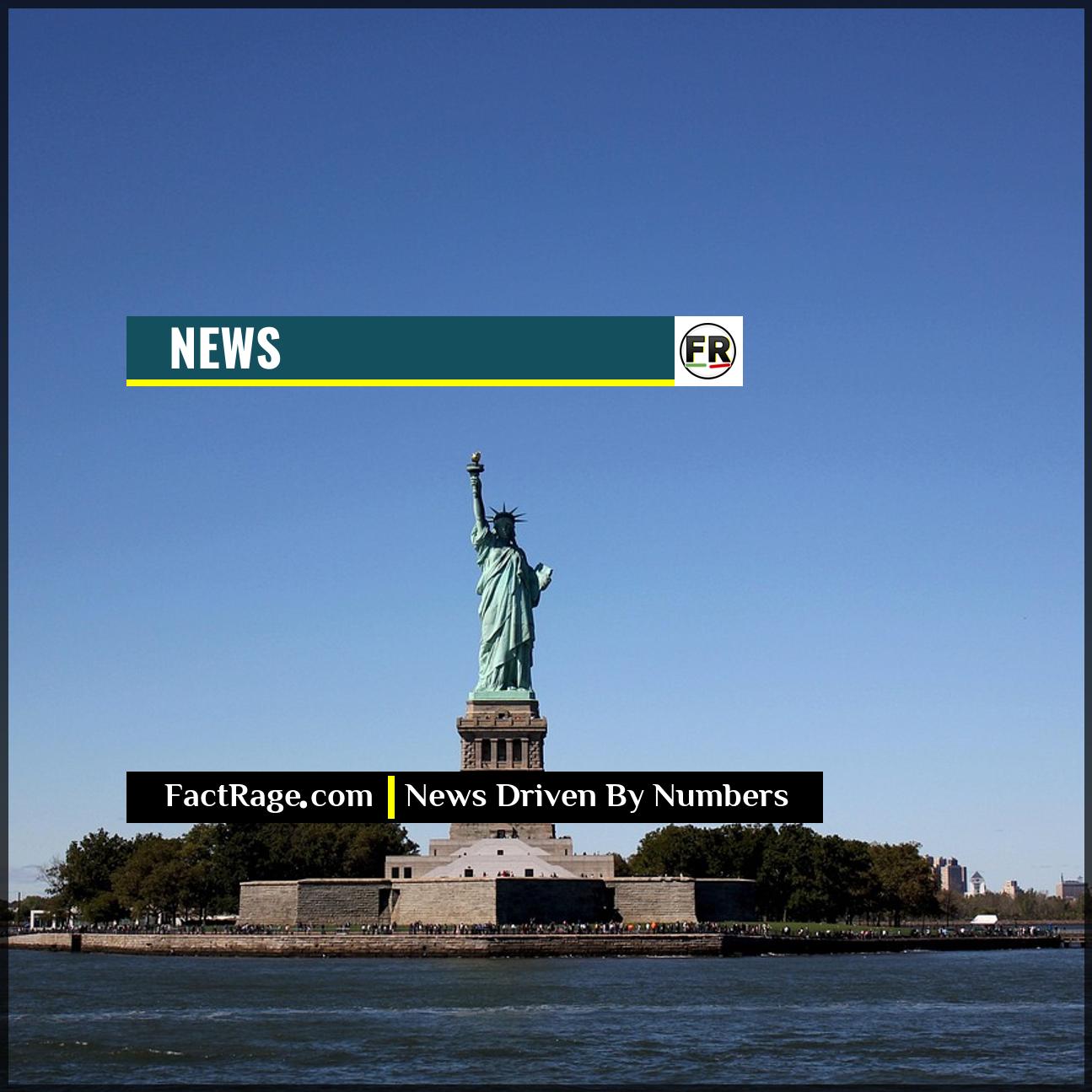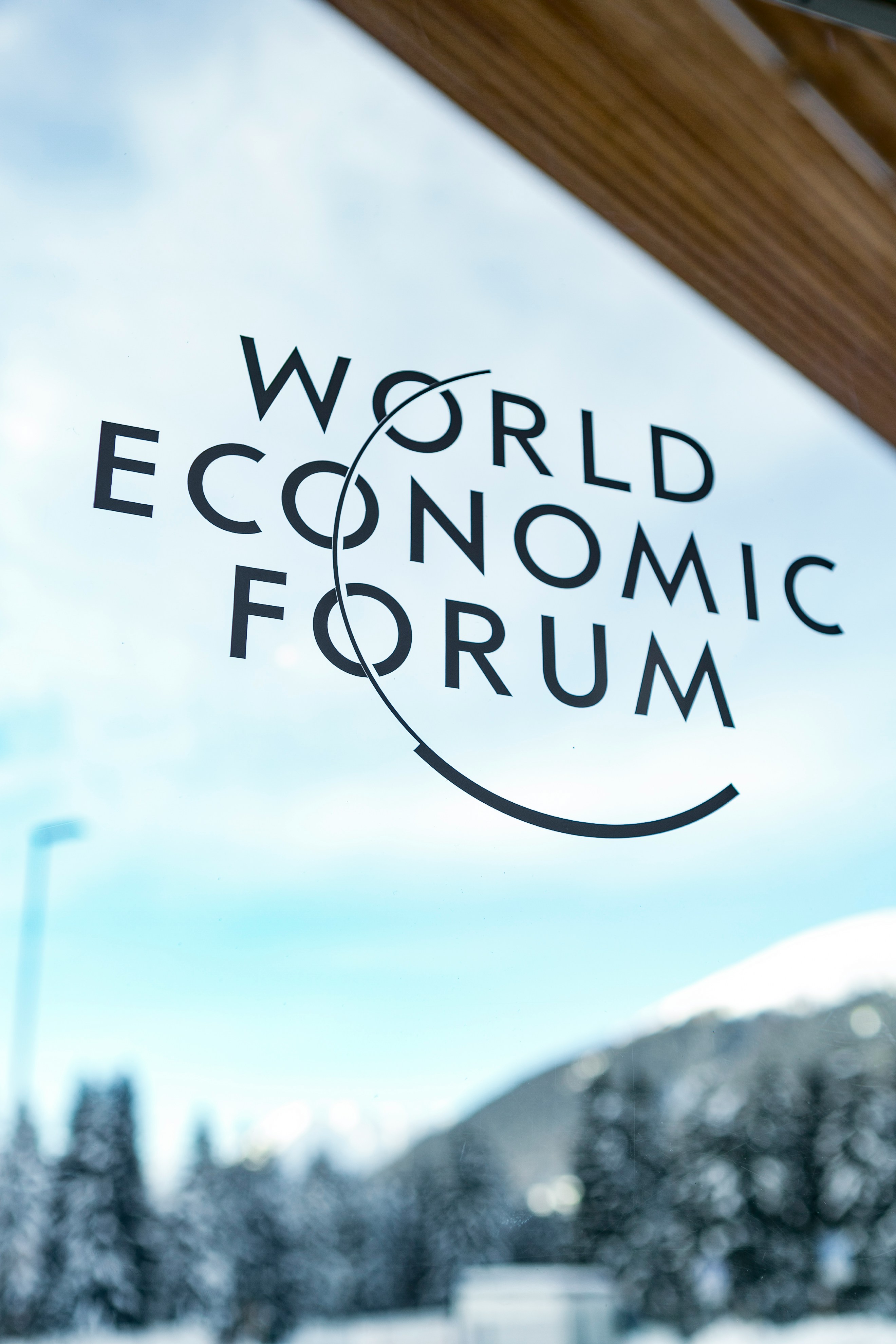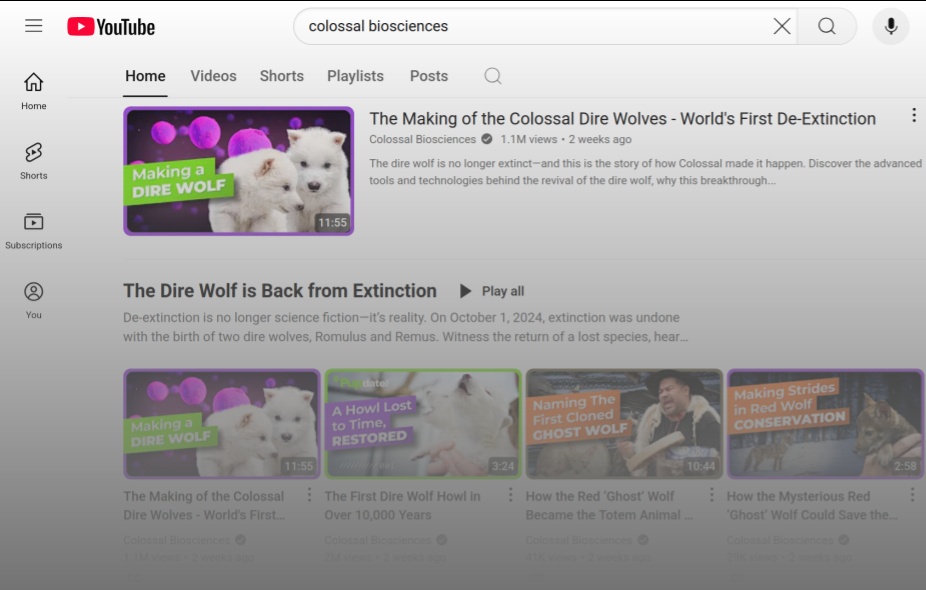NYON, SWITZERLAND – As the UEFA Women’s Euro 2025 tournament unfolds across Switzerland, its significance extends far beyond the pitch, serving as a powerful demonstration of the new, formidable economic power of women’s sports.
- Unbundled Rights and Revenue – For the first time, UEFA separated the media and sponsorship rights from the men’s competitions, a move that has unlocked significant new revenue streams and attracted dedicated corporate partners.
- Explosive Audience Growth – Building on the 2022 tournament which drew a cumulative live audience of 365 million, the 2025 event is capitalizing on a rapidly expanding global fanbase, driving up the value of broadcast rights and ticket sales.
- Major Brand Investment – Global companies including Visa, PepsiCo, and Heineken are investing heavily, viewing women’s football not as a niche market but as a primary platform to reach engaged and diverse audiences.
This tournament is not just another chapter in sports history; it’s a real-time case study in entertainment economics. The strategies behind its commercial success are providing a blueprint for how women’s athletics are transitioning from an overlooked category into a mainstream commercial powerhouse.
Why the Bottom Line is the New Goal Line
![]() The conversation around women’s sports often focuses on the fight for equality, but the most powerful story unfolding at the Women’s Euro 2025 is being told on a balance sheet. The decision to market women’s football as a standalone, premium product has turned cultural momentum into a commercial force. The numbers behind the broadcast deals and sponsorships don’t just represent revenue; they offer a playbook for the future of the entire entertainment industry.
The conversation around women’s sports often focuses on the fight for equality, but the most powerful story unfolding at the Women’s Euro 2025 is being told on a balance sheet. The decision to market women’s football as a standalone, premium product has turned cultural momentum into a commercial force. The numbers behind the broadcast deals and sponsorships don’t just represent revenue; they offer a playbook for the future of the entire entertainment industry.
Why Separating Rights Sparked a Financial Boom
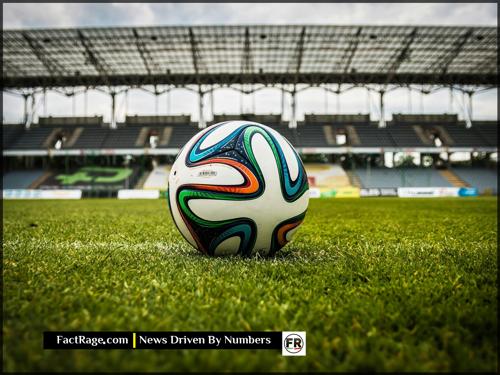
A pivotal change ahead of the previous tournament cycle was UEFA’s decision to unbundle the commercial rights for its women’s competitions. Historically, these rights were packaged with the much larger men’s events, often as a secondary add-on. By marketing women’s football as a standalone product, UEFA created a competitive market for brands and broadcasters who specifically want to align with the sport.
The results of this strategy are now fully apparent. Media rights for the 2022-2025 cycle saw a dramatic increase in value, attracting major broadcasters in key markets. This financial independence allows for greater investment back into the game, from grassroots programs to increased prize money for the national teams competing in Switzerland. What this signals is a fundamental shift in valuation: women’s sport is no longer being subsidized by the men’s game but is recognized as a valuable commercial entity in its own right.
What’s Driving Top-Tier Brands to Invest?
The roster of sponsors for the Women’s Euro 2025 reads like a who’s who of global brands. Companies like Amazon and PlayStation have joined long-term partners such as Adidas in major sponsorship deals. The question is, what makes this tournament such an attractive platform?
The answer lies in the audience. Viewership data from the 2022 tournament in England revealed a fanbase that is not only large but also diverse and highly engaged. It draws families and younger demographics that are highly coveted by marketers. These brands see an opportunity to connect with an audience through a lens of progress, skill, and empowerment. Sponsoring the Women’s Euro is no longer just a corporate social responsibility play; it is a strategic business decision with a clear return on investment, driven by powerful metrics on audience loyalty and brand perception.
How a Cultural Shift Became a Market Force
The economic success of the Women’s Euro is intrinsically linked to a larger cultural movement. The perception of women’s athletics has transformed over the last decade. Athletes are now major stars with significant cultural cachet and social media influence, turning them into powerful brand ambassadors. The 2022 final, which saw a record crowd of over 87,000 at Wembley Stadium, proved that the appetite for live women’s sporting events rivals that of established men’s competitions.
This cultural validation is a market force. It creates a feedback loop: as the quality of play and visibility increases, fanbases grow; as fanbases grow, commercial value increases; as commercial value increases, more investment flows into the sport, further elevating the quality and visibility. The Women’s Euro 2025 is a product of this cycle, representing a tipping point where women’s football is not just part of the sports conversation, but a leading voice in the future of entertainment.
The Playbook for the Future
![]() The Women’s Euro 2025 serves as more than just a landmark tournament; it’s a definitive case study in modern entertainment. It proves that when powerful cultural momentum is harnessed by savvy business strategy, the result is a commercial and cultural force that redefines the market. As other industries seek to build deeply engaged and loyal audiences, the playbook being written on the pitches and in the boardrooms of women’s football will become required reading. This isn’t just about the future of sport—it’s about the future of entertainment itself.
The Women’s Euro 2025 serves as more than just a landmark tournament; it’s a definitive case study in modern entertainment. It proves that when powerful cultural momentum is harnessed by savvy business strategy, the result is a commercial and cultural force that redefines the market. As other industries seek to build deeply engaged and loyal audiences, the playbook being written on the pitches and in the boardrooms of women’s football will become required reading. This isn’t just about the future of sport—it’s about the future of entertainment itself.

